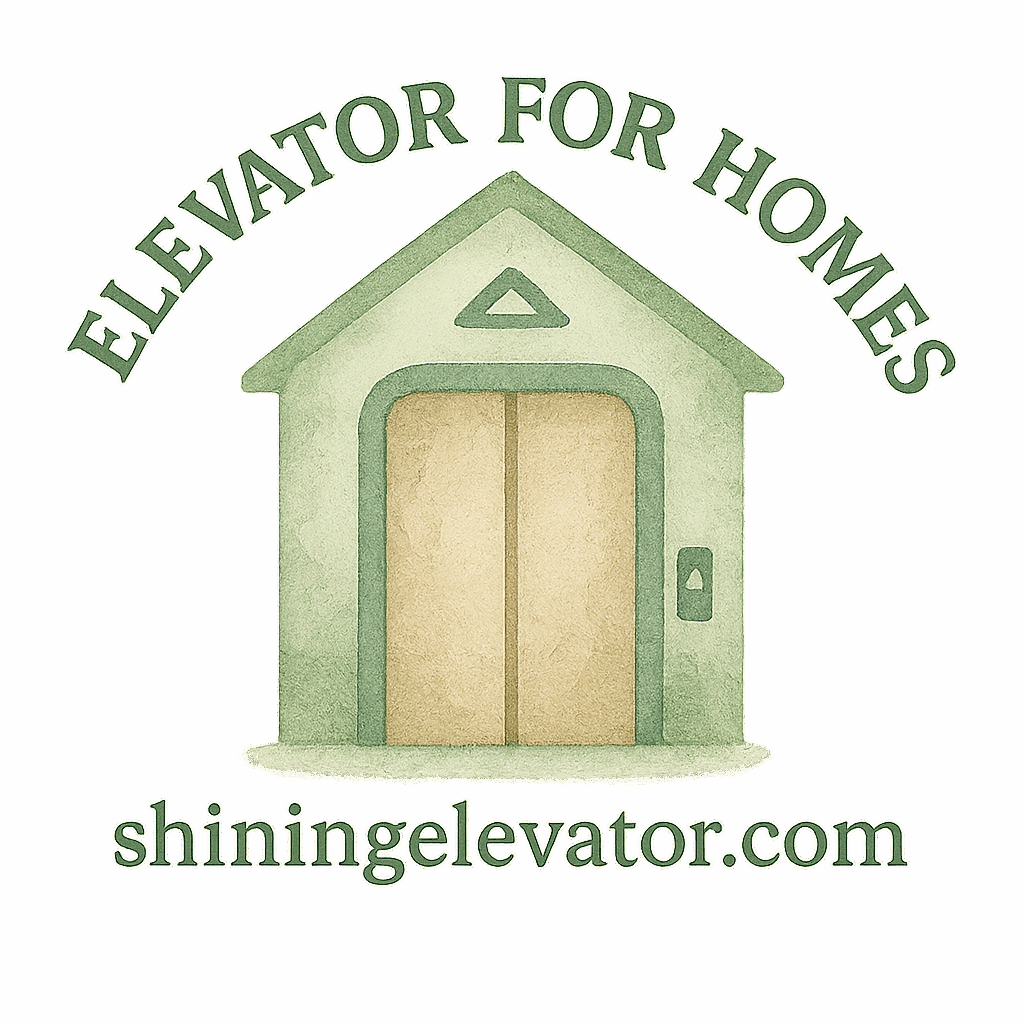Adding a home elevator isn’t just about comfort—it’s about convenience, safety, and increasing your property’s value. But like any major home upgrade, things can go wrong if you don’t plan carefully. Let’s dive into the 7 common elevator installation mistakes to avoid, so you can enjoy a smooth ride—literally!
Why Elevator Installation Is a Big Deal
Installing an elevator is a game-changer, especially if you’re planning for aging in place, improving accessibility, or enhancing luxury in your home. But this process involves structural work, technical know-how, and long-term thinking. One misstep could mean major delays or expenses later.
To get the most out of your elevator, you’ll want to avoid these costly blunders—and we’re here to help you steer clear of them.
Before you lift off, visit Shining Elevator for the ultimate resource hub on home elevator planning, features, and maintenance.
Mistake #1: Skipping the Planning and Budgeting Phase
Importance of Early Budgeting
You can’t just “wing it” when it comes to elevators. From structural adjustments to electrical setup, early planning is key. Without proper budgeting, you could run into surprise expenses that delay the entire project.
Take time to explore the budgeting and planning guide at Shining Elevator to map out your costs clearly.
Not Considering All Costs
Many homeowners budget only for the unit and installation. But what about permits, design fees, inspections, and maintenance later down the line? Consider all angles now to avoid future headaches.
For more insights on pricing factors, visit the tag for elevator expenses.
Mistake #2: Choosing the Wrong Elevator Type
Residential Needs vs. Commercial Use
Not all elevators are created equal. A high-speed lift for a hotel? Not the same as a quiet lift in your home. Matching your elevator type to your lifestyle needs is crucial.
Check out elevator types and features to explore your options before buying.
Compact vs. Full-Sized Elevators
Think you don’t have space? Think again. A compact elevator might be the perfect fit for a smaller home.
There’s a wide range of space-saving lift designs available for tighter layouts.
Mistake #3: Ignoring Safety and Accessibility
Senior Safety Shouldn’t Be an Afterthought
If you’re future-proofing your home, safety for aging parents—or yourself down the road—is non-negotiable.
Look into senior safety and elevator for elderly options before choosing a model.
ADA Guidelines for Home Elevators
ADA compliance isn’t just for public buildings. Wider doors, accessible buttons, and voice prompts can make a huge difference in daily usability. Visit home accessibility to see how to make your home elevator-friendly for everyone.

Mistake #4: Overlooking Customization and Interior Design
Aesthetics Matter More Than You Think
An elevator can be a statement piece—especially in modern homes. Skipping customization may result in a clunky eyesore in your hallway.
Explore design and customization options that blend beautifully with your home.
Matching Your Elevator to Home Decor
Want something sleek? Vintage? Industrial? The interior design potential is endless, especially if you’re going for a luxury look.
Mistake #5: Poor Site Preparation and Structural Planning
Is Your Home Ready for an Elevator?
This is where most first-timers get stuck. Elevators require structural changes—like pit depth, overhead clearance, and electrical rerouting.
Start with a visit to home preparation and home planning for insights.
Common Oversights in Prep Work
- Forgetting ceiling height
- Ignoring load-bearing wall locations
- Poor placement near bedrooms or kitchens (noise factor!)
These issues often delay installation and cost thousands to fix.
Mistake #6: Hiring Unqualified or Inexperienced Installers
Why Experience Matters
Not all elevator companies are created equal. Experience with residential elevator systems matters more than you think.
Ask for certifications, insurance, and past project photos. Always.
Questions to Ask Elevator Companies
- Do you specialize in residential lifts?
- Can you handle customizations?
- What are your installation rates?
Check elevator providers before signing anything.
Mistake #7: Neglecting Future Maintenance and Inspections
Think Beyond Installation
Installing an elevator is just step one. Maintenance keeps it running smoothly for decades. Without a proper maintenance plan, you risk breakdowns, unsafe operation, and costly emergency fixes.
Check out installation and maintenance to stay ahead of future problems.
Plan for Long-Term Maintenance Budget
Don’t forget to include maintenance budget in your upfront planning.
Pro Tips to Ensure a Smooth Installation Process
- Work with a reputable installer who understands elevator process from start to finish.
- Review customization features early on: elevator customization
- Explore accessibility solutions for long-term aging-in-place.
And always keep communication open with your contractor—updates, delays, or structural changes should be clearly documented.
Conclusion
Avoiding elevator installation mistakes starts with being informed. Whether you’re looking to age in place, add luxury to your home, or improve accessibility, knowing what not to do is just as important as knowing what to do.
The key takeaway? Don’t rush. Take time to explore options, understand the process, and plan for both now and later.
Need expert support? Head over to Shining Elevator for resources, tips, and elevator inspiration.
FAQs
1. How long does elevator installation take?
Typically 1 to 3 weeks, depending on the complexity and customization.
2. Can I install an elevator in a small home?
Absolutely. Consider a compact elevator or space-saving lift.
3. What’s the average cost of a home elevator?
Costs range from $20,000 to $60,000+. Visit the elevator cost section for breakdowns.
4. Are residential elevators safe for children and seniors?
Yes—especially models designed with senior safety and kid-friendly features.
5. Do I need a permit to install a home elevator?
In most areas, yes. Your installer should help with this as part of the elevator installation process.
6. How do I choose the right elevator company?
Look for experience, references, and clear pricing. Start with our elevator providers tag.
7. What maintenance is required after installation?
Regular inspections, lubrication, and cleaning. Learn more under installation & maintenance.


